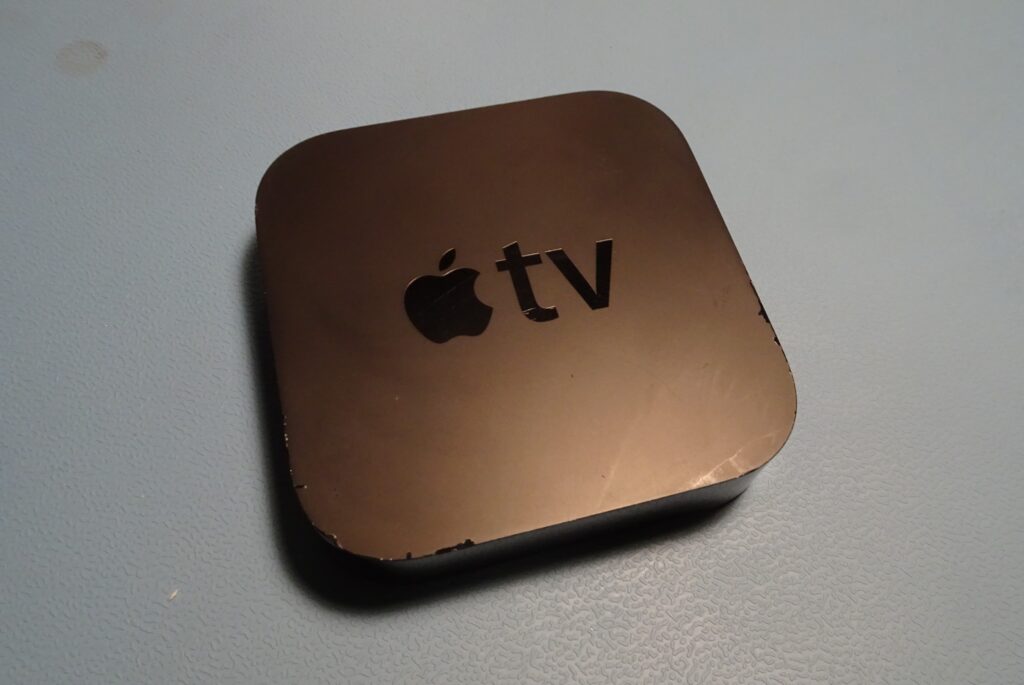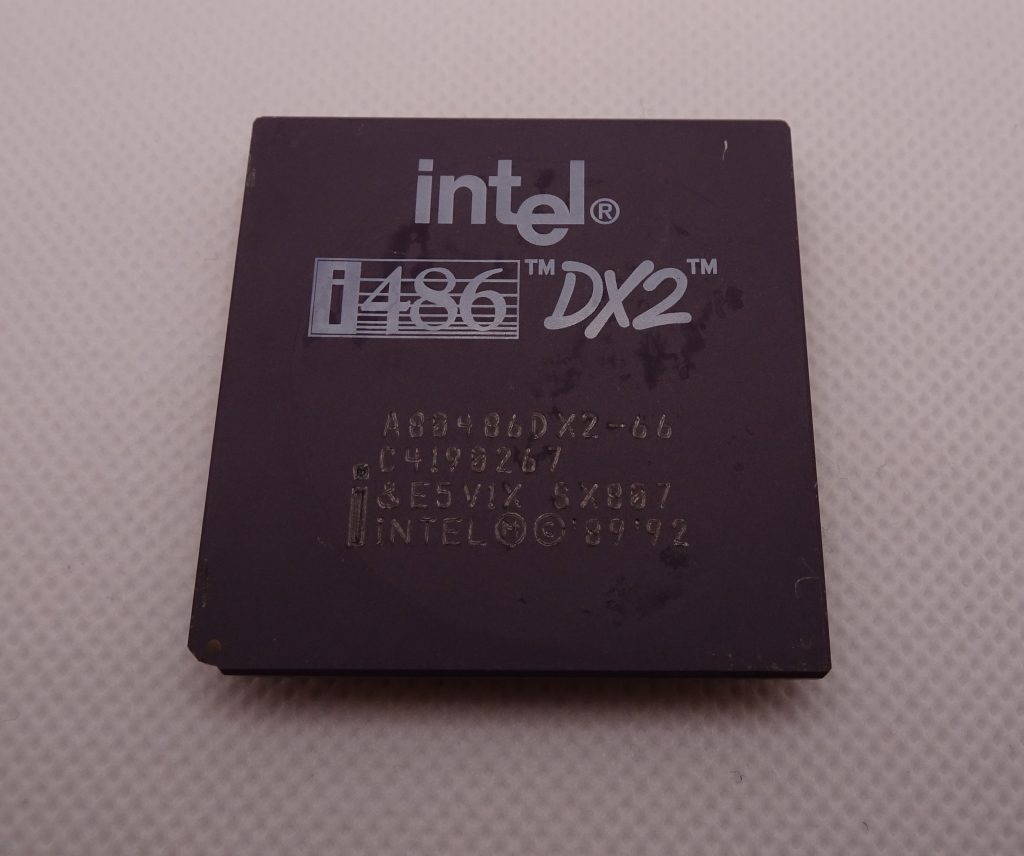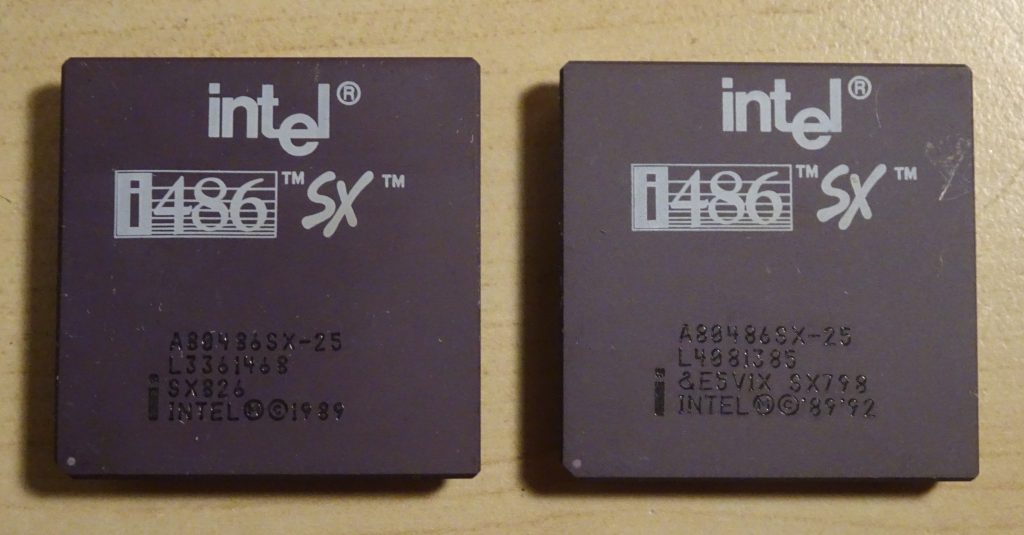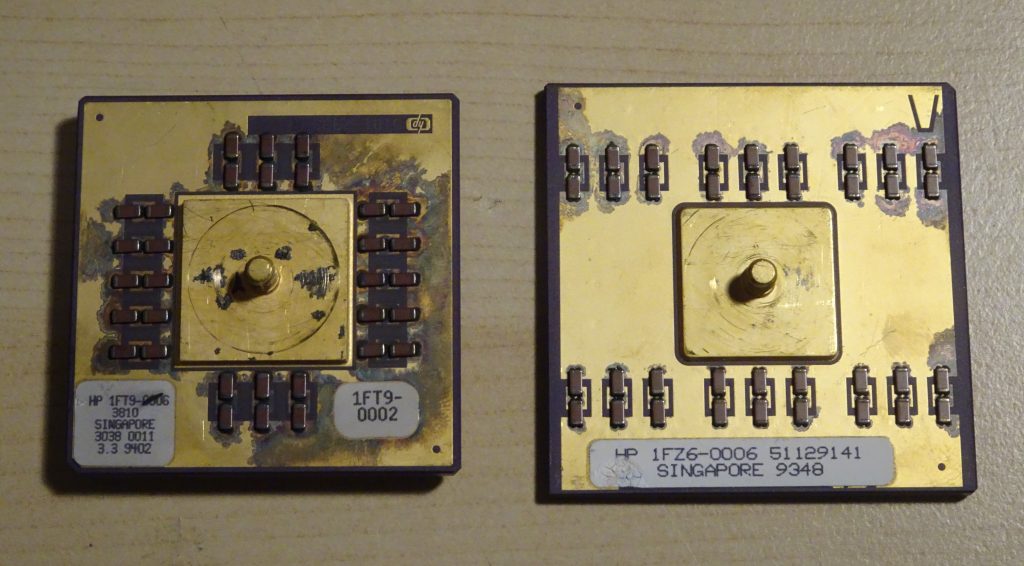The Apple TV is a media streaming device first introduced in 2007. It’s essentially a miniature Mac, running a special version of iOS optimised for playing music and video on a TV, and operated using a remote control. Although I personally have no need for such a device, I couldn’t resist when I found one for just €2.50 in a second-hand shop. It wasn’t that useful anyway since it was missing its remote control, not to mention the fact it was an old and unsupported third-generation model, sold between 2012 and 2015. But it presented a very good opportunity to tear down some modern Apple hardware and get an up-and-close look at their custom silicon.




